Baseball

Baseball Pinch Hitter
In baseball, a pinch hitter is a substitute batter. Batters can be substituted at any time while the ball is dead (not in active play); the manager may use any player who has not yet entered the game as a substitute. Unlike basketball, American football, or ice hockey, baseball does not have a "free substitution rule" and thus the replaced player in baseball is never allowed back into that game. The pinch hitter assumes the spot in the batting order of the player whom he or she replaces.
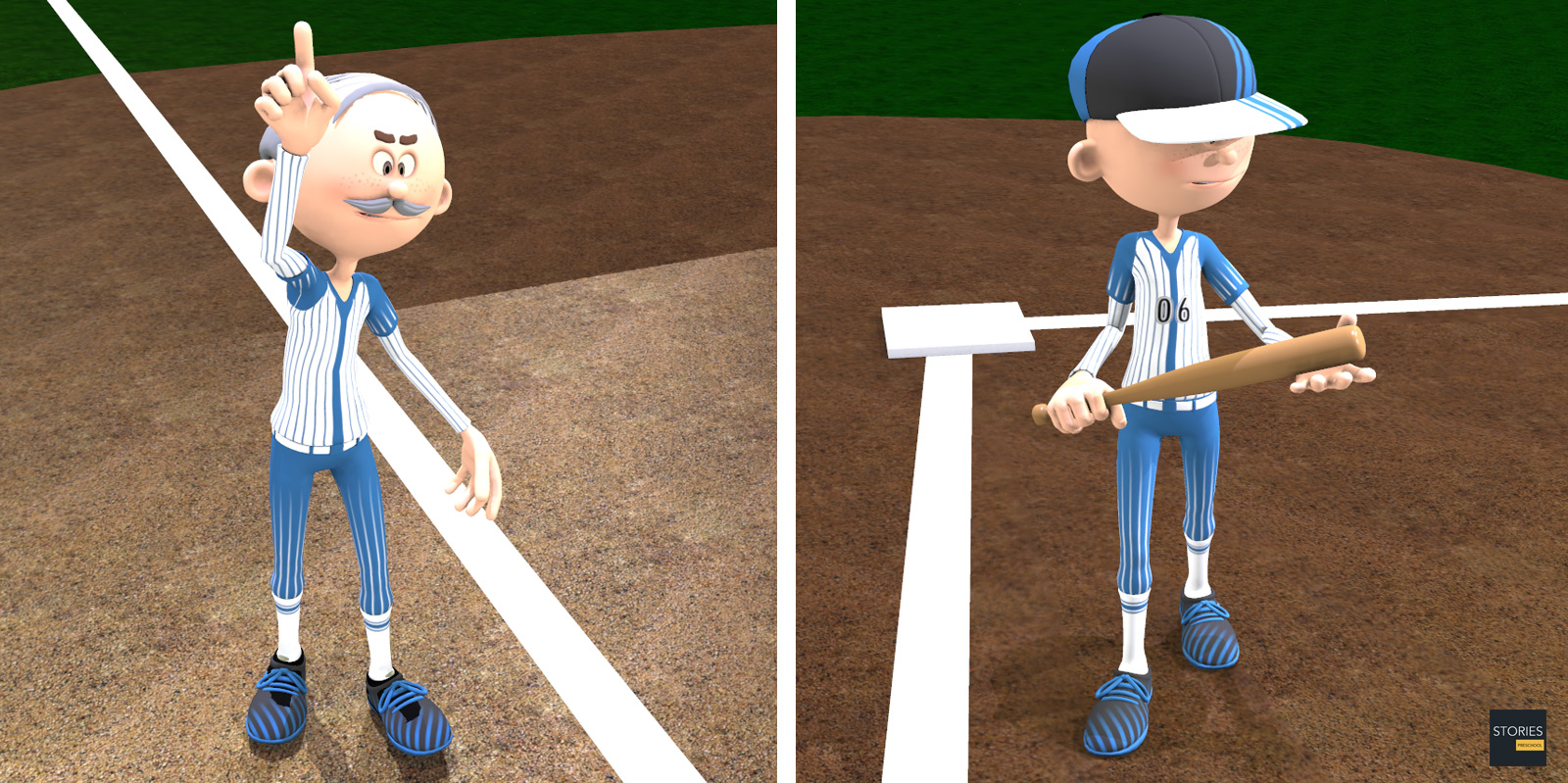
The player chosen to be a pinch hitter is often a backup infielder or outfielder. In the major leagues, catchers are less likely to be called upon because most teams have only two catchers, while pitchers are almost never used as pinch-hitters, because they tend to be worse hitters than other players on the team. The pinch hitter may not re-enter the game after being replaced with another player. The pinch hitter that the person replaced cannot go back into the game.
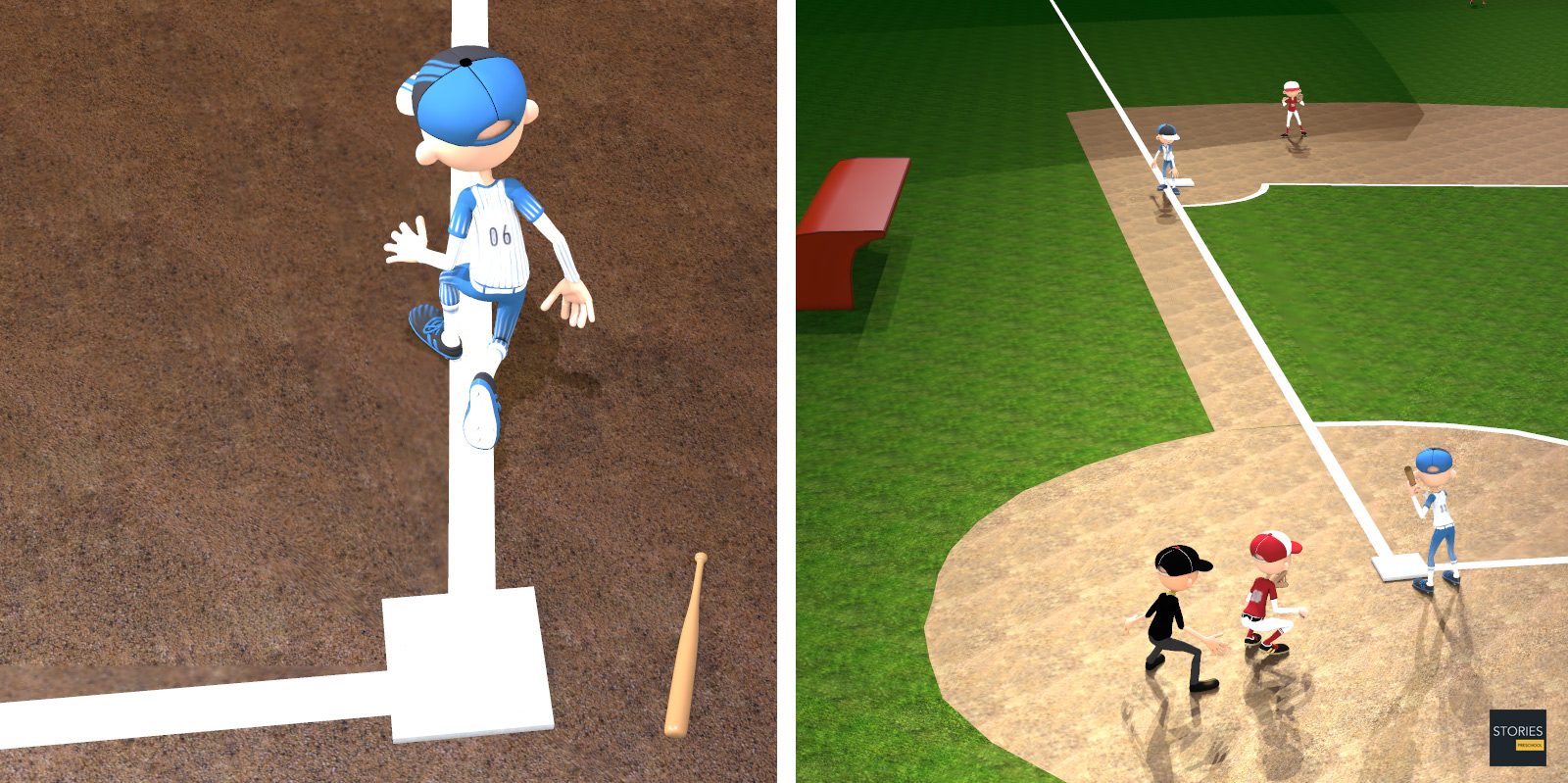
The American League of Major League Baseball, the Pacific League in Japan, the KBO League in Korea, and various other leagues use the designated hitter rule, such that pitchers seldom bat. This removes one possible situation where a pinch hitter may be desired.
Usage
Pinch hitters are often used to replace a starting player when the pinch hitter is thought to have a better chance of reaching base or helping other runners to score.
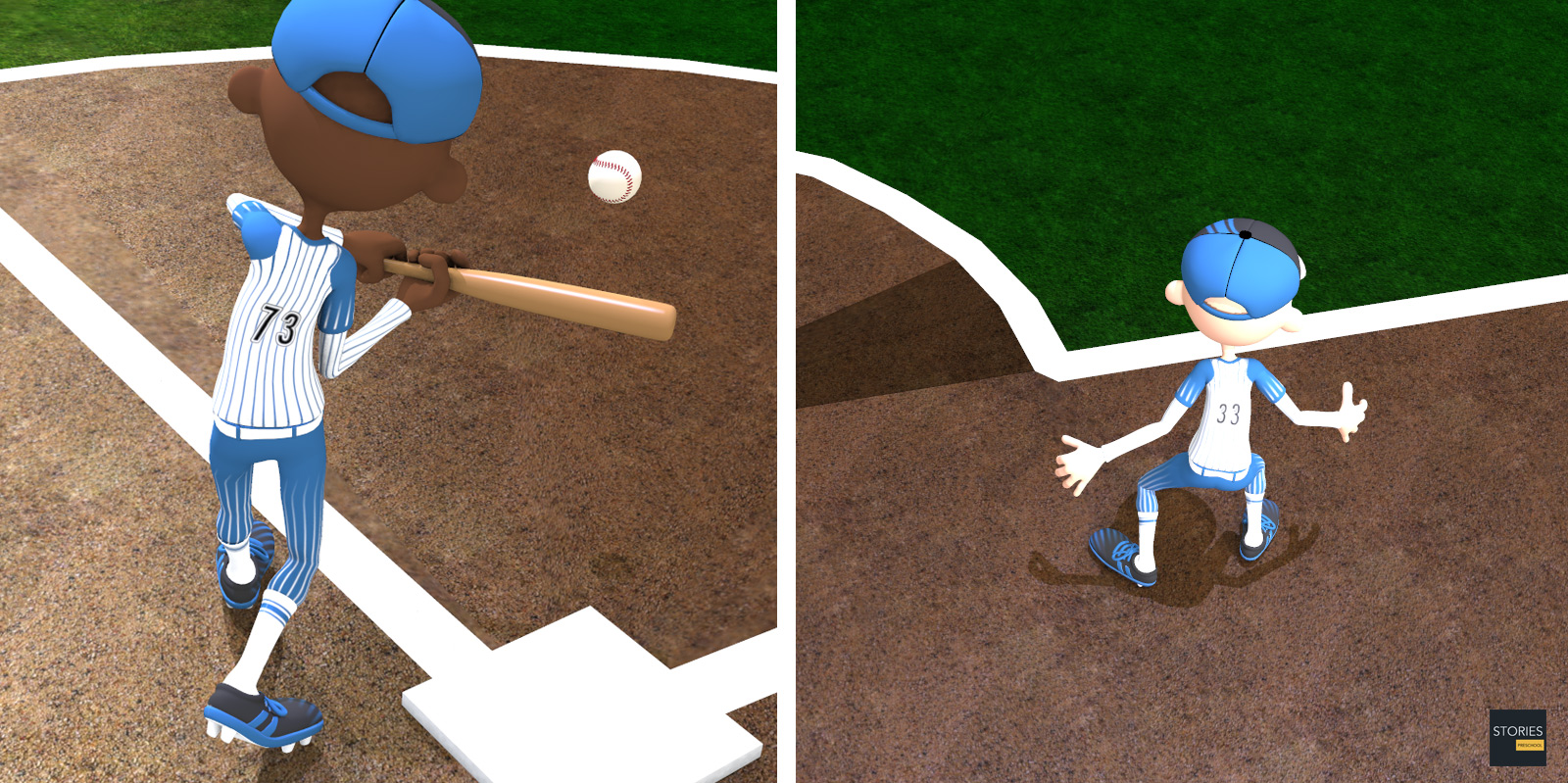
In the National League of Major League Baseball, the Central League in Japan, and various other minor leagues, pinch hitters are often substituted for the pitcher in the middle or late innings of a game. This is because pitchers are often poor hitters and get tired after six to seven innings of pitching. Besides, when the manager already plans to replace the pitcher in the next inning, the major downside of using a pinch hitter, namely that the player being replaced cannot re-enter the game, is taken away.
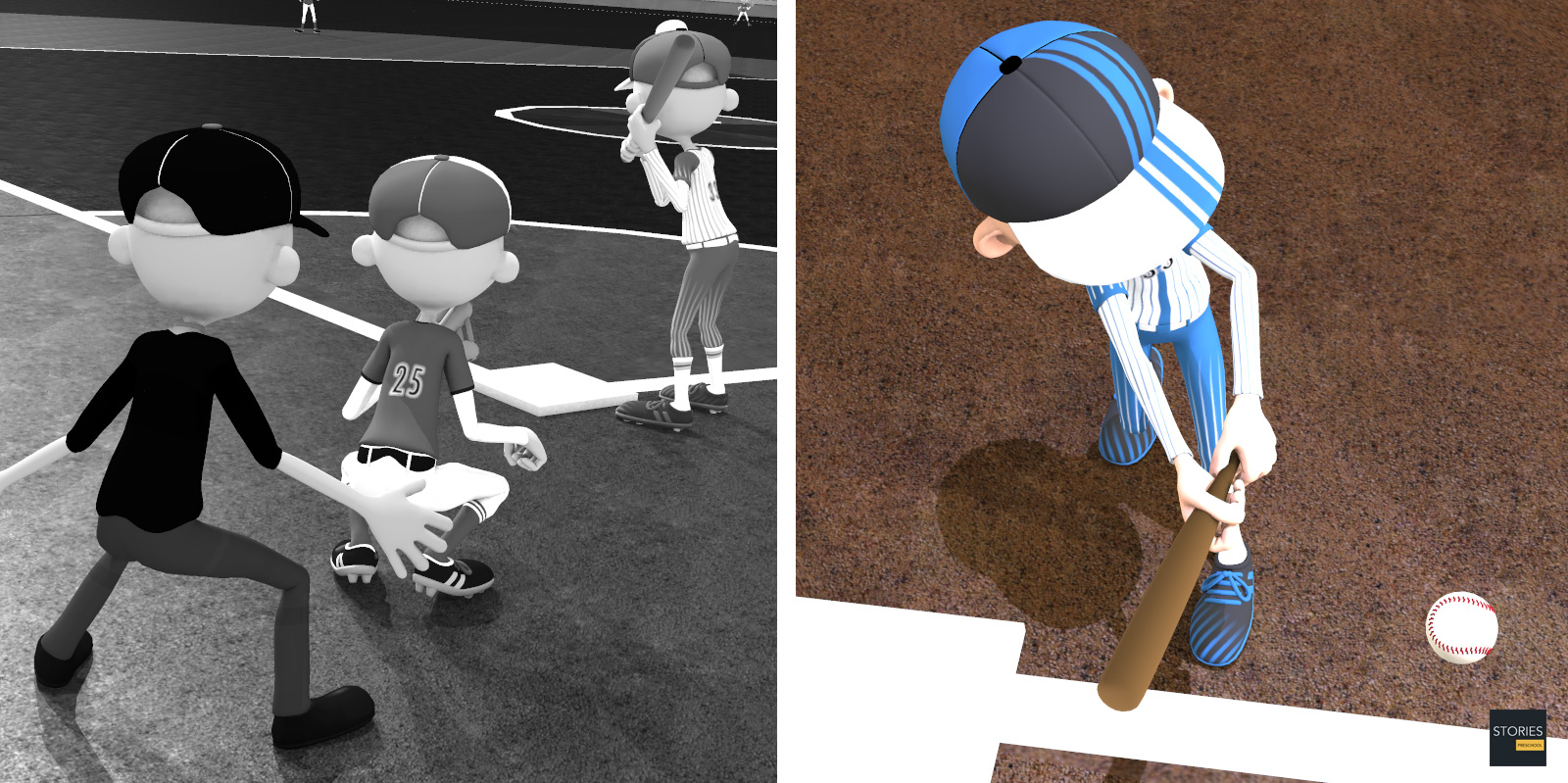
This use of a pinch hitter is often part of a double switch, in which a relief pitcher replaces a defensive player who will not bat soon, and at the same time a defensive player replaces the pitcher who is scheduled to bat soon.
The pinch hitter may remain in the game following a pinch-hit at-bat and need not (but may) assume the same position as the player for whom he pinch-hits as long as some other player assumes that position. Alternatively, the manager may designate another player to replace the pinch-hitter; this scenario is common when a team pinch-hits for a pitcher without executing a double switch, such that the new pitcher then replaces the pinch hitter and assumes the previous pitcher's place in the batting order.
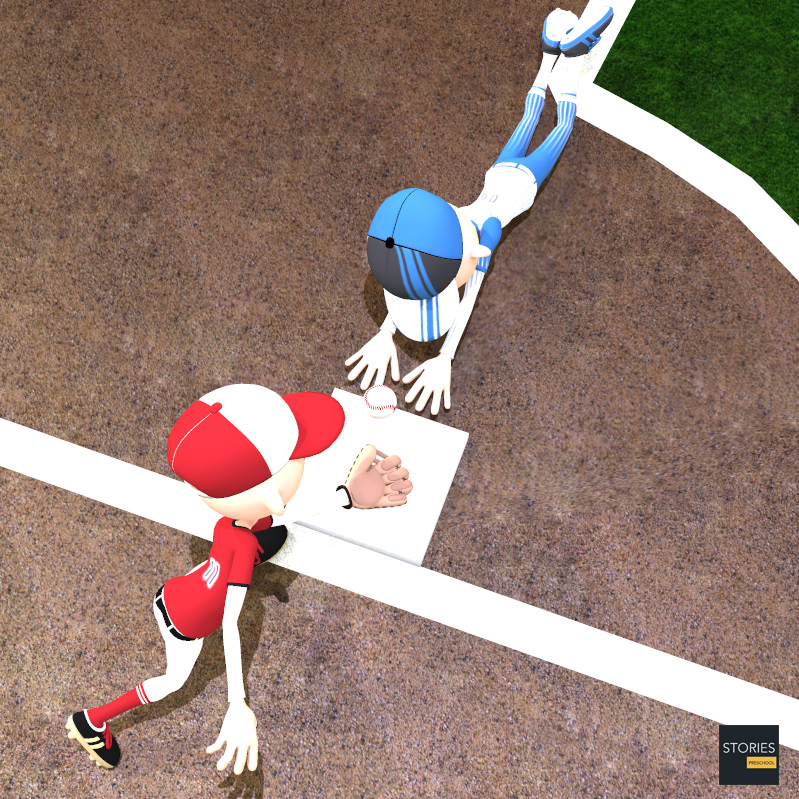
SPORTS

RESOURCES
This article uses material from the Wikipedia articles "Baseball" and "Pinch hitter", which is released under the Creative Commons Attribution-Share-Alike License 3.0.
© Stories Preschool. All Rights Reserved.












